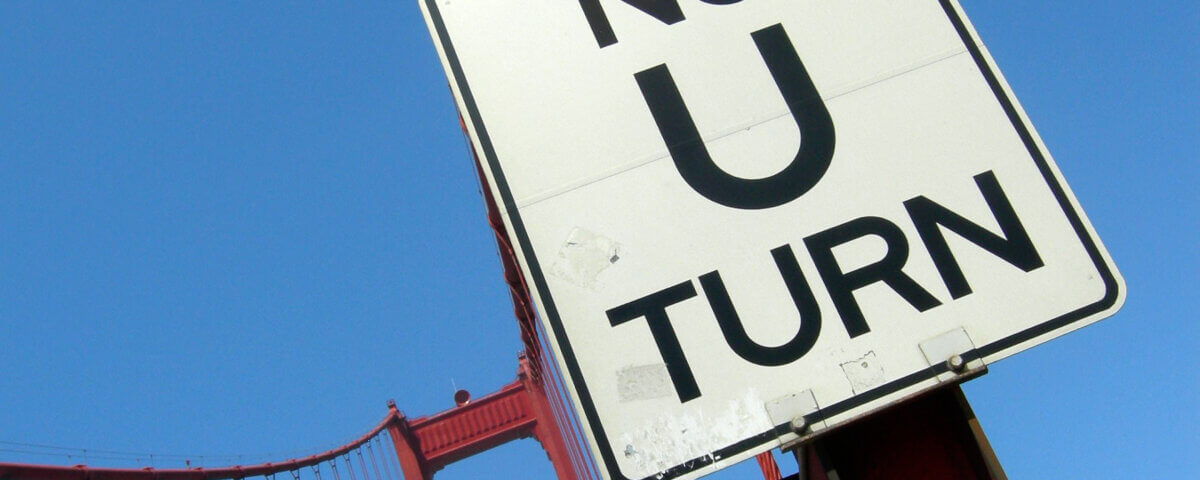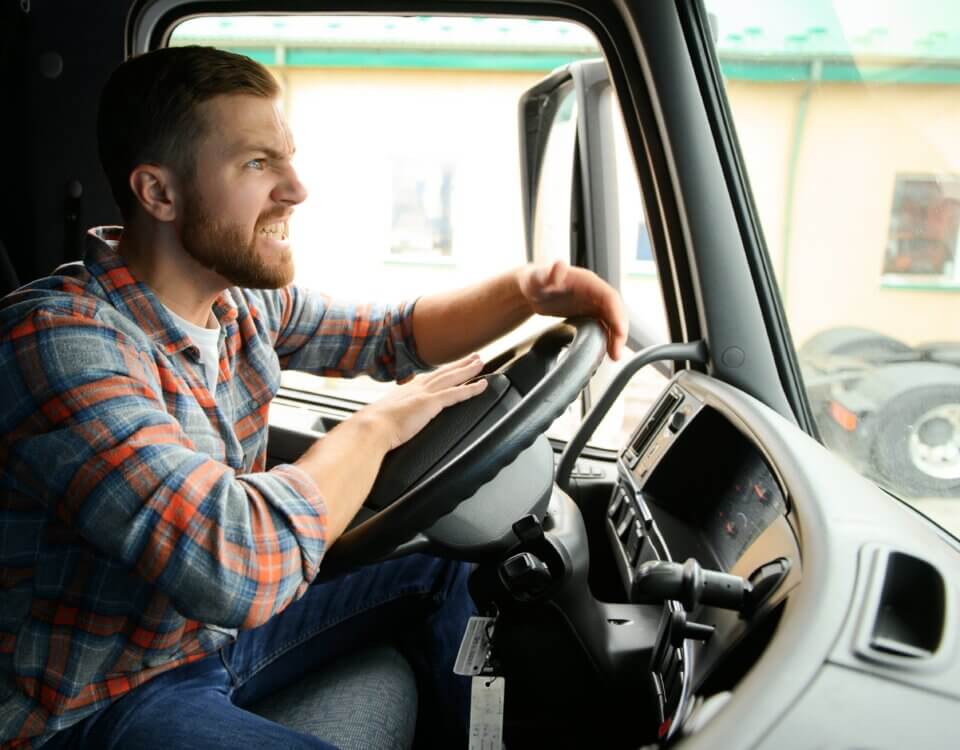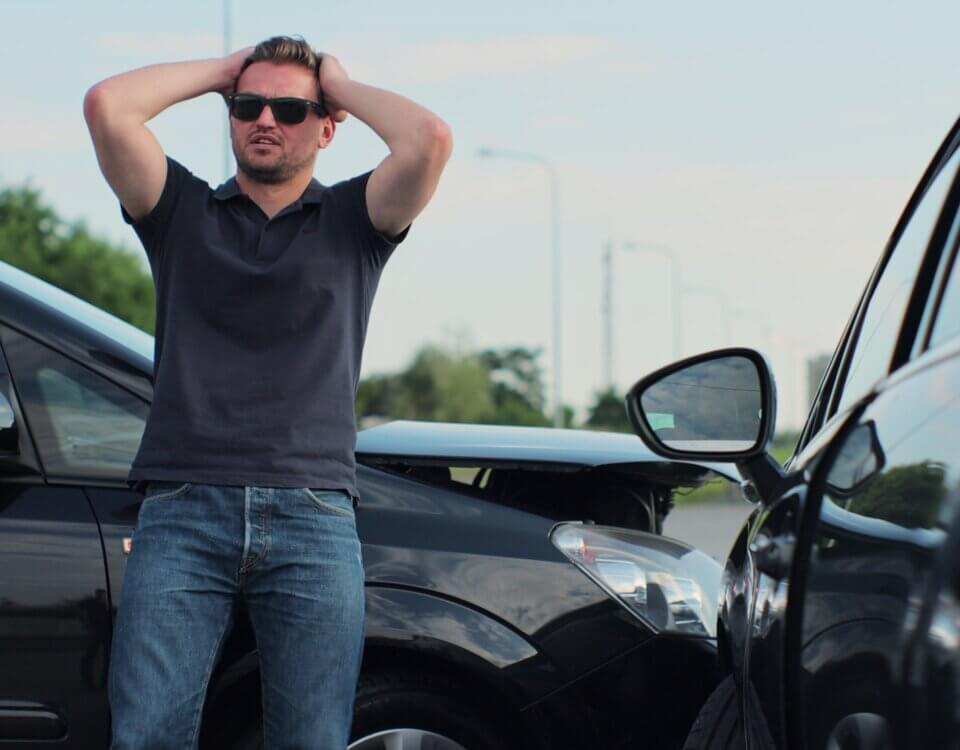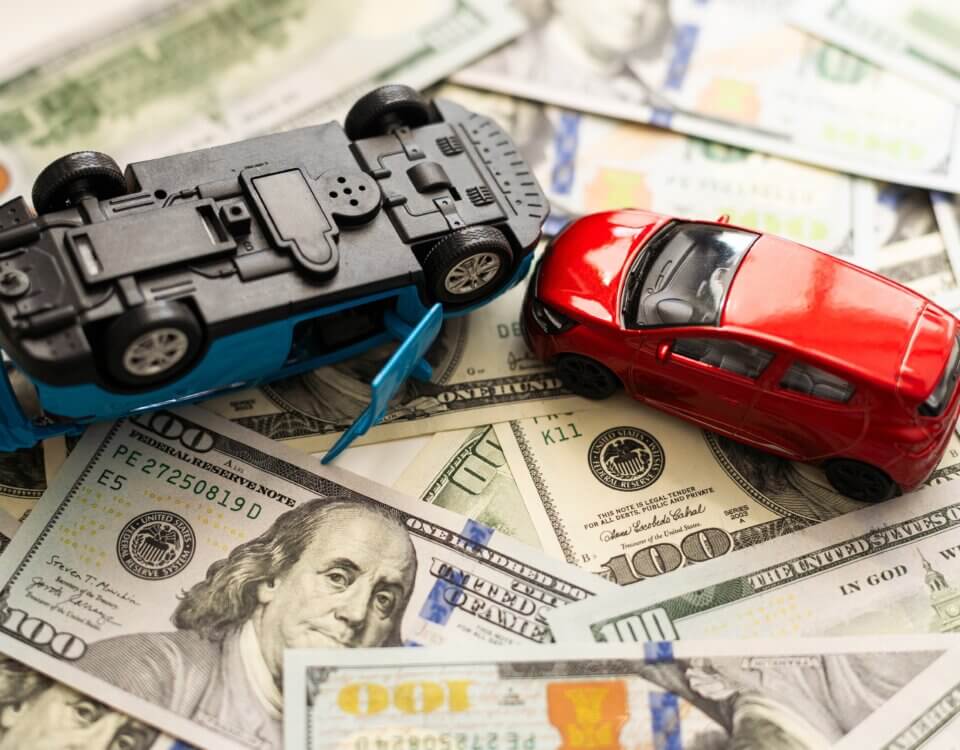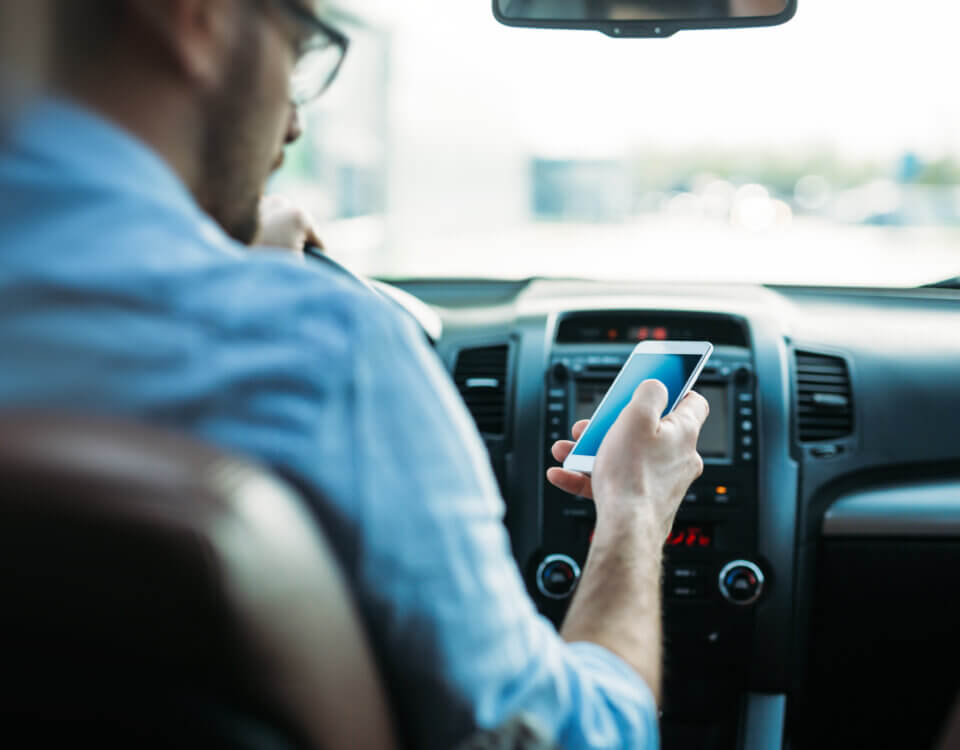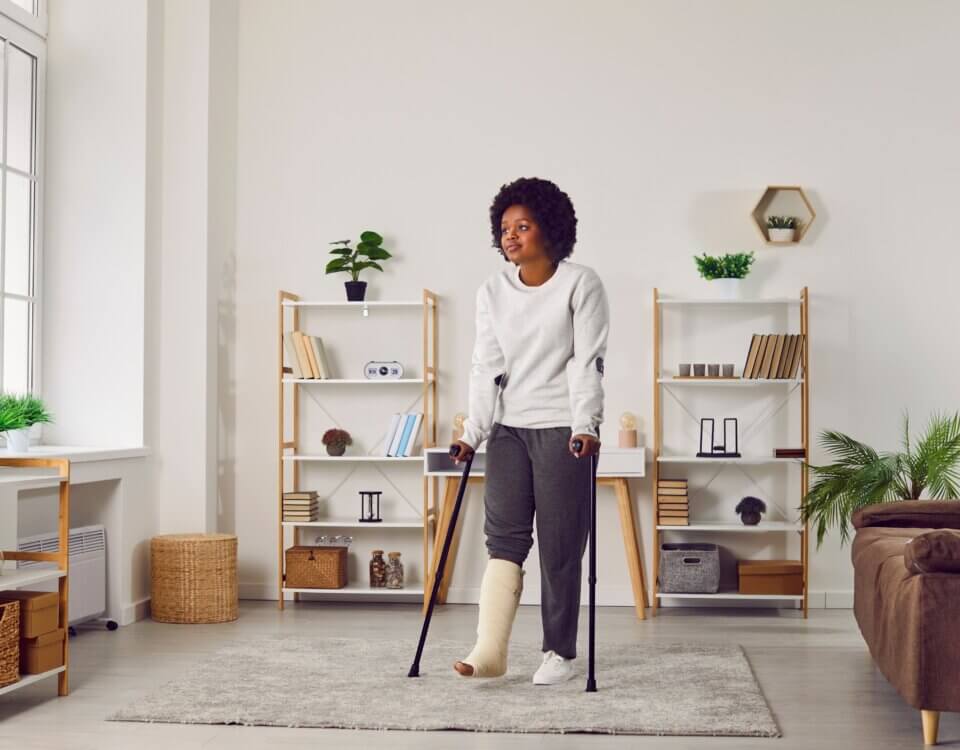U turns might seem like simple maneuvers, but in California they can lead to serious risk. Misjudged turns, unclear visibility, or unsafe road design often cause collisions. Knowing what the laws allow, how to drive defensively, and what steps to take if an accident happens can protect your safety and legal rights.
When Are U Turns Legal Under California Law
California has rules that guide when U turns are permitted. You may make a U turn at a traffic signal intersection when there is a green light or green arrow, unless there is a sign that forbids it. You must yield to vehicles already in the intersection and to pedestrians. U turns should be made from the far left hand lane available and only when it is safe and visibility is clear. California also prohibits U turns in certain places. In business districts, they are allowed only at an intersection or designated opening on a divided highway. In residential districts, you cannot make a U turn when another vehicle is approaching within 200 feet, except in places controlled by traffic signals. U turns are not allowed on highways when visibility is less than 200 feet in both directions, at railroad crossings, across double yellow lines two or more feet apart, or where signs explicitly prohibit U turns.
Safe Driving Tips When Making U Turns
To reduce risk around U turns, signal well in advance of your turn. Look out carefully for pedestrians and cyclists. Attempt the turn only when visibility is clear for at least 200 feet. Avoid stopping or hesitation mid turn and never assume other drivers will slow down for you.
Defensive Driving Around U Turns
Even when you follow all the rules, stay aware of others who might not. Keep a safe following distance in case someone hesitates or stops suddenly. Slow down when approaching intersections that commonly have U turn activity. Expect unpredictable movements from distracted drivers. Be extra cautious at night or in poorly lit areas. Use seatbelts and proper safety gear to reduce injury risks.
How Road Design and Signage Impact U Turn Safety
Sometimes roads and signage contribute to risk. Intersections missing clear markings increase confusion. No U Turn signs may be faded or hidden. Poor lighting at night makes visibility dangerous. Narrow median openings or poorly designed turn pathways can make safe U turns harder. When governments fail to maintain safe roadways, there may be legal consequences for those injured.
What To Do After a U Turn Accident
If you are involved in a U turn collision, seek medical attention immediately even for minor injuries. Call the police so there is an official accident report. Collect information from the other driver, take photos of the scene, and get witness contacts. Document your losses including medical bills, lost wages, and property damage. Consult a personal injury attorney to understand your rights and to handle insurance interactions.
Hillstone Law Can Help
Every U turn accident case has unique details. Hillstone Law evaluates where the U turn was legal or if road design or signage played a role. We gather medical evidence, accident reports, and witness accounts. We negotiate with insurance companies to seek full compensation for injuries, emotional harm, and property damage. We also advise on potential liability of other parties, including municipalities, in cases of poor road design. If you’ve been injured in a U turn accident, contact Hillstone Law today for a free case evaluation so we can protect your rights and guide you through recovery.
Note: These blog posts are created solely for the use of Hillstone Law. The information is gathered from internet research, publicly available sources, and artificial intelligence (AI) tools such as ChatGPT. While we aim to share helpful and educational content, Hillstone Law does not independently verify every detail. Some information may be incomplete, outdated, or subject to change without notice. If you believe any part of a post is inaccurate, misleading, or infringes upon copyright, please contact Hillstone Law immediately so we can review it and take appropriate action, including correction or removal.
Disclaimer: The material provided in these blogs is for general informational purposes only and should not be considered legal advice. Reading these posts does not create, and is not intended to create, an attorney-client relationship with Hillstone Law. Our intent is to share knowledge, raise awareness, and provide helpful resources to the public; however, Hillstone Law makes no warranties or guarantees about the accuracy, completeness, or reliability of the information provided, and expressly disclaims liability for any actions taken in reliance on it. The photos used in these posts are for illustrative purposes only and do not depict actual clients, individuals, or incidents unless expressly stated. If you or a loved one has been injured in an accident, please contact Hillstone Law at (855) 691-1691. Our attorneys are available to answer your legal questions and help you understand your rights.
